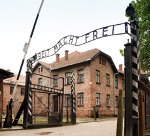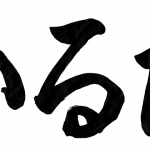As we all know, Christmas is a large celebration held in all four corners of the world. I, being a Japanese student, can confirm that Christmas is widely celebrated in Japan and many children look forward to a time of receiving gifts (it is actually a celebration of the incarnation of Jesus). Obviously, Christmas is not celebrated in the same way everywhere, and I realised that in the media, we often do not hear about Christmas celebrations in other parts of the world. I was particularly curious about how Christmas is celebrated in south-east Asia I only know how Christmas is celebrated in Japan in Asia. For that reason, I have decided to write this article to inform people who may be curious like me about how Christmas is celebrated in south-east Asia.
Vietnam
Christmas is a major celebratory event in Vietnam, along with the Mid-Autumn Festival, the Lunar New Year (Tet Ngyuen Dan) and Bhudda’s Birthday. Around 8-10% of the Vietnamese population are Catholics because of the French occupation of Vietnam which ended in 1954 so, because of French influences, Christmas is a widely celebrated festival in Vietnam.
During this time of the year, there is more anticipation over the coming of the Christmas Day and the cities in Vietnam like Hanoi and Ho Chi Minh which have ornaments and it is an ordinary site to see people singing carols. Department stores and shops would show off their extravagant lights and ornaments to join the of the flood of celebrations coming their way as it is the perfect opportunity to make profit from sales. Interestingly, Santa has a different name in Vietnam: ‘Ông già Noël’, which means ‘Christmas old man’, so the Vietnamese people would not be familiar to the name ‘Santa Claus’ which would be much more familiar to the western world.
Overall, there is a larger emphasis in celebrating Christmas Eve rather than Christmas. For example, there are midnight masses in churches with the most famous services being held in the Saint Joseph Cathedral. In addition, there are nativity scenes in those churches and home called a ‘crèche’ which depicts Joseph, Mary, the shepherds, the Three Magi and the cattle looking at baby Jesus. Typically, after the midnight mass, many people hold a special meal called the ‘Réveillon’, which contains oysters, escargots and the Bûche de Noël and it sometimes has roasted turkey as well. On Christmas, the sales of goods would continue but there would be less excitement compared to Christmas eve, however, Christmas is still celebrated such as exchanging gifts (which traditionally reminds people of the gifts to Jesus from the Three Magi).

Indonesia
Christmas, or ‘Natal’, is a national holiday in Indonesia and many people look forward to the time of this celebration. Compared to other countries around the world, there is a larger distinction between the differences of how Christmas is celebrated. Different communities celebrate Christmas in a variety of ways which makes Indonesia unique in the way that there are many ways to celebrate Christmas within the same country.
In Kampung Tugu in the Cilincing area in Jakarta, the capital of Indonesia, there is a tradition called Rabo-Rabo (‘Rabo’ means ‘to follow’). The residents in that area are mainly of Portuguese descent and if we go back in time, their ancestors would have been soldiers or workers of the Dutch era. During Christmas, the residents parade through the area and they walk around the churches and the homes of their relatives and neighbours. While they walk around, they sing and dance to the traditional music of Kerencong Tugu, which happens when one person from the visited house follows the crowd as soon as the visitors decide to move to the next house.
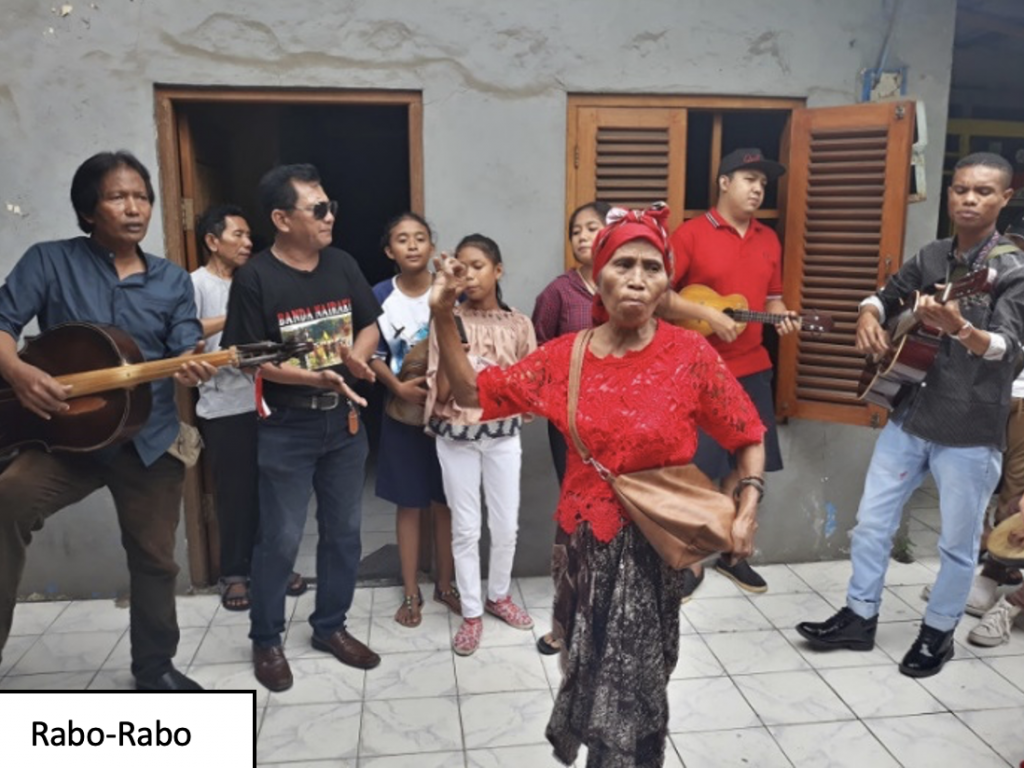
In Papua, there is a much more contrasting celebration which marks the coming of Christmas. There, the residents have the tradition of Barapen where they express their joy for Christmas. Barapen involves burning stones which would be used to roast pigs for the celebrations and by roasting pigs, they show their gratitude, togetherness and their sense of sharing in order to celebrate Jesus’s birthday. In some places, there are decorations and ornaments and there is also music being played for 24 hours during the peak of the Christmas celebrations. Finally, the local residents cook pork, yam, kale, papaya and other foods in a hole which contains the hot stones and it lasts for half a day which unites the local residents and allow their relationships to improve.
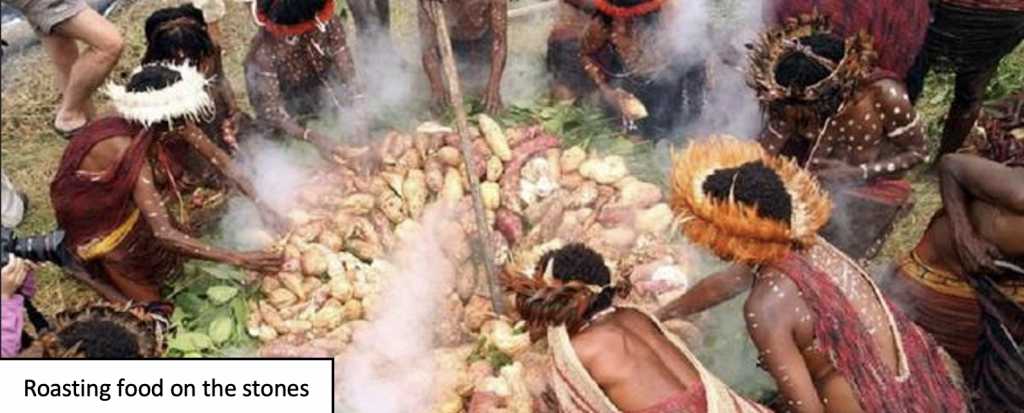
The Philippines
Compared to Vietnam and Indonesia, there is a larger population of Christians of around 86 million Catholics in Vietnam because of the Spanish occupation which lasted until 1898. Also, Christmas is celebrated in the Philippines for a long duration of time, with celebrations starting on the 1st of September and ending in January. There are different timings of when Christmas celebrations finish as some Filipinos end the celebrations on Epiphany (the celebration of the incarnation of Jesus which primarily focuses on the Three Magi) or the Feast of the Black Nazarene (it celebrates the relocation of a Christian icon) on the 9th of January whilst some Filipinos end it on the third Sunday of January. There are many celebrations that occur during those times but the main focus here is Christmas eve and Christmas.
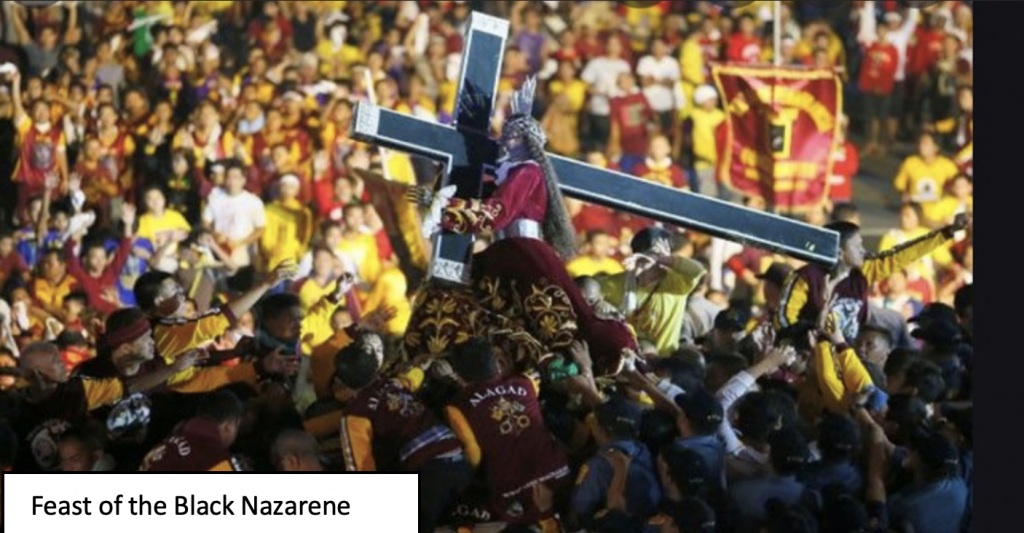
From the 16th of December to the 24th of December, there is the ‘Simbang Gabi’, which are the Masses. Many Christians in the Philippines have services being held in the churches and they believe that attending all nine masses shows their devotion to God, their anticipation of the incarnation of Jesus and that God will grant wishes to those who attend all nine masses. During this time, it is considered as a holiday and many Filipinos would purchase traditional Filipino foods after the masses for breakfast, such as bibingka (a rice-flour and egg-based cake) or putò bumbóng (a sticky rice delicacy). On Christmas Eve, they also hold a traditional Noche Buena (‘Good Night’) feast where family members dine together to eat meals like queso de bola (‘cheese ball’), noodles, pandesals (Filipino bread roll) and fruit salads.
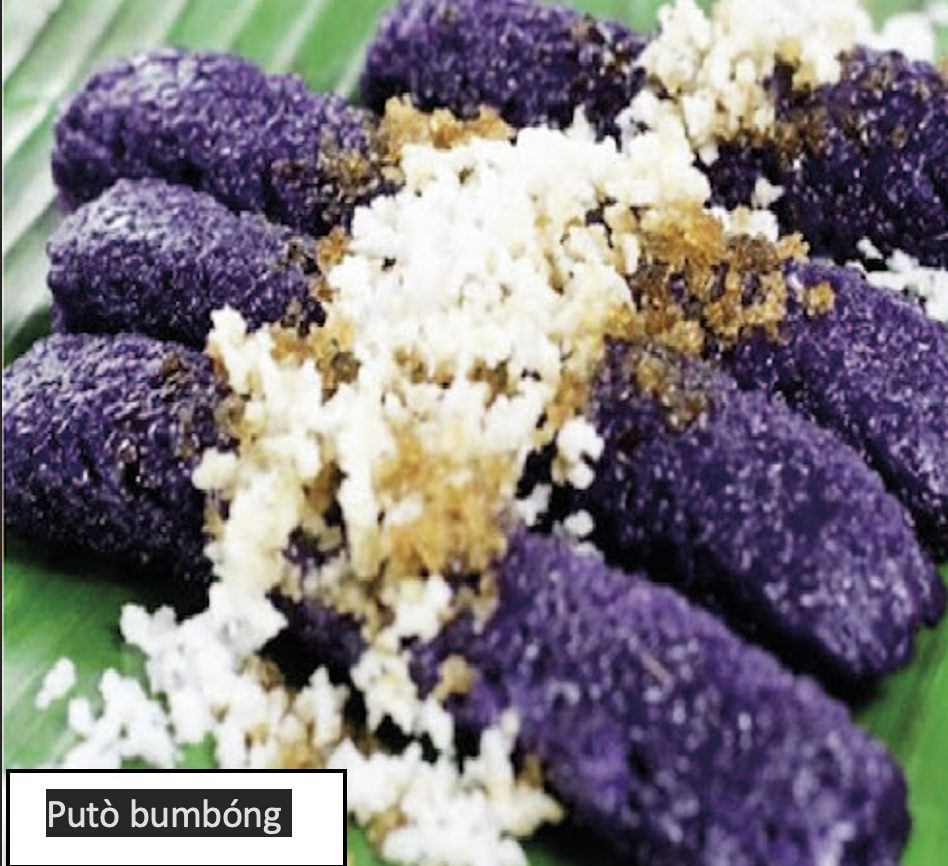
On Christmas morning, Filipinos visit their family members and pay their respects to the older members of the family. They do this by taking the elderly person’s hand and pressing against their forehead while saying the greeting, ‘Máno pô’, which means, “hand, please”. The elderly person would then respond by reciting a blessing and give gifts or money to them. The younger the receiver, the more that person will get so younger relatives often enjoy this time of receiving gifts and money. After the greetings, a festive lunch is held. At night, family members return home to drink, play parkour games and chat.


